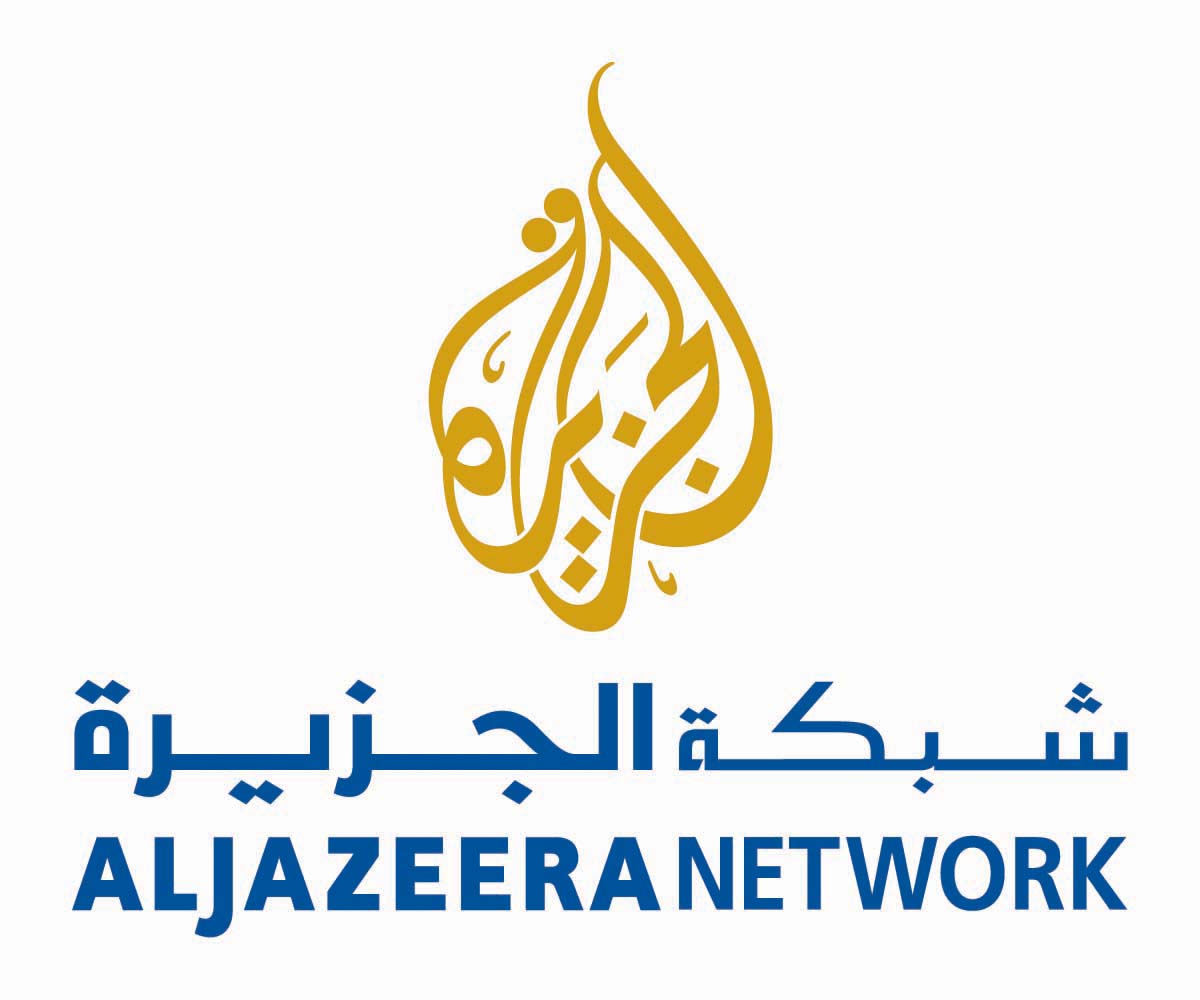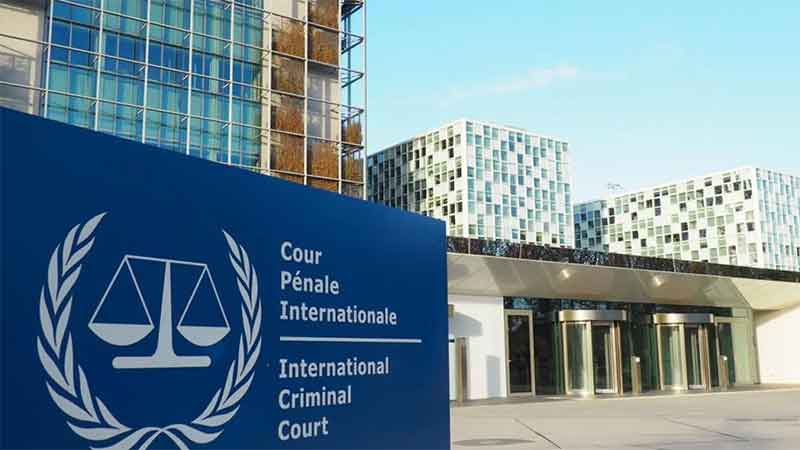
“The partition of 1947 should not have divided the people of the subcontinent. Today, they look divided because Pakistan and India have been denying the logic of geography, history and shared culture. This policy is harming vital interests of people. Both need peace, democratic governance and respect for pluralism. They must eastablish cordial relations and exploit all possible means of cooperation for mutual good. The choice is simple: Friendship or mutual suicide” – said I A Rehman, a renowned activist from Pakistan in his message to Aaghaz-e-Dosti peace calendar. Rehman is known for his services to society and has been recipient of Magsaysay award for working on peace and international understanding.
India and Pakistan, who were separated through partition in 1947, entered in 2017, 70th year of their independent existence. Their history of being together before 1947 is full of several historical, geographical and cultural changes and all these dynamicity strengthened their bond in the form of shared traditions, languages and culture. Yet, despite all the bonding, there is something that they both lacked after 1947. It is a cordial relation, between the governments and people on both sides. People of both countries, who fought together on all fronts before 1947 have been made to major wars with each other after 1947. Though, in a ray of hope, peoples’ initiatives towards strengthening the bond continued and survived despite all odds. Both countries have rich history of efforts that were done by such initiatives, social leaders and even from political leaders, to sustain the relation and as a result of their efforts, today after 70 years, when both countries are even nuclear powers now, there are voices of peacebuilding on both sides and a road of hope upon which both sides may walk upon to create a peaceful future together.
In 2017, there are so many opportunities for India and Pakistan to resolve their issues and to start a fresh on strengthening bonds. Issues of visa, water sharing, trade routes and ceasefire violations must be on priority including the most important K-issue, but what needs to be changed is the strategy. Both sides are required to be involved in meaningful and frequent dialogues to resolve issues gradually. Sudden breaks should be removed to let the dialogue process run without interruptions from surrounding.
In the peace calendar where school students from both sides painted for peace, expressions can be seen easily. Students from both sides want to break the restrictions imposed upon their natural movement and demand their right to meet and talk with other side. Similar experiences were felt during other such activities.
When Dr Salima Hashmi recently participated in Lahore during a peace calendar launch of Aaghaz-e-Dosti, she talked about youths, culture and art that connect two countries. Her presence itself sings beautiful lines of her poet father Faiz, ‘Na unki haar nayi hai, Na apni jeet nayi’. A huge support of youths towards peacebuilding probably showing the way with the hope that all conflicts would end with peace.
Recent gestures from Government of Pakistan through release of fishermen and now a soldier who had crossed LoC, is definitely a good sign. Many more efforts are required to be done from both sides. One can see the happiness of common people when they meet each other. In a similar experience, while connecting an Indian and Pakistani classroom together via video conferencing for just 30 minutes schedule, it ended after 90 minutes and with the scene where children of both sides were inviting the other side to visit their home soon. One student of Indian side astonished with the fact that ‘They are just like us. No one can figure it out if they will come and study with us in classroom’.
The most problematic thing between the two countries is lack of the mediums for communicating each other frequently. One cannot visit easily on the other side, as visa issue is complicated and seems reserved only for lucky ones. It is so pity that a region (Indo-Pak region) where generations lived together and travelled extensively, where people welcomed even outsiders with all happiness, they are not allowing visit of their own people after allegedly being set free and independent. What can be must grave concern than the fact that these countries (Pakistan and India) invite tourists from all over the world but do not keep tourist visa with each other. This selective system of administering and controlling the movement of people is no where benefitting the governments and people. At least now in 70th year of their independence, both (governments) must show some sort of maturity through bringing the tradition of tourism between each other. There would be thousands of people who will definitely like to go to each other country and it will help in developing a mutual understanding. Present democratic governments on both sides may be capable enough to think upon and it may create a historical start that would be remembered among milestones of peace process led by government sides.
Despite being globally connected over internet, an experience of visiting the other side is still a dream for an ordinary Indian and Pakistani. Internet can obviously provide much knowledge and can help in strengthening bond through sharing talks and laughs, emotions but relaxing visa formalities, starting tourist visas may help people in smelling the soil, touching the shrines and temples and realizing a dream through their own eyes. It may not only help in bringing future revenues to governments, instead it would be a linkage of believing in each other and walking on the path of cordial relations together and forever.
Ravi Nitesh is Founder-Mission Bhartiyam, Aaghaz-e-Dosti | Executive Committee Member- South Asian Fraternity| Freelance Writer
















































